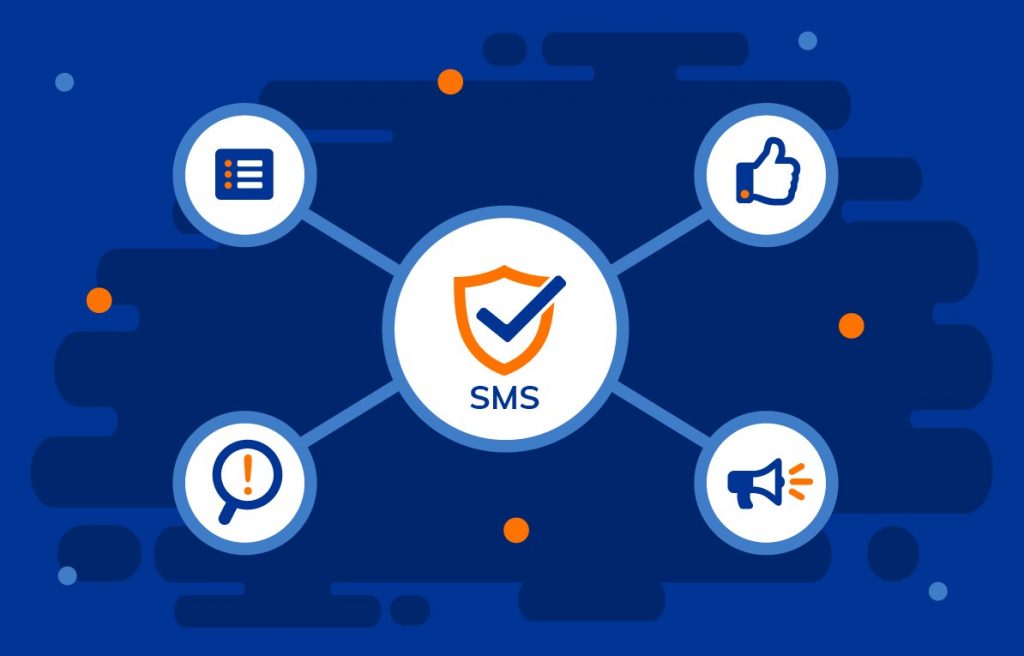Safety Management Systems can be found across many industries, but all share a common core structure. So, what are the core elements an SMS should have and does yours include them?
What are the key components of a Safety Management System?
Whether you adopt a paper based or digital SMS, the key components your program should always include are the four pillars of SMS:
- Safety Policy and Objectives
- Safety Risk Management
- Safety Assurance
- Safety Promotion
These four components are further divided into 12 elements that can be used to customize the SMS to your organization.
Safety Policy and Objectives
- Management commitment and responsibility
When management supports and actively promotes the use of SMS, the whole team will be more likely to make it part of their day-to-day operations. The best safety cultures reflect an environment where employees feel both comfortable and empowered to speak up about and report safety issues.
- Outline personnel responsibilities
By assigning people specific SMS tasks, you’ll have a clear overview of who has which role in the management of your SMS and can also ensure all duties are accounted for. To do this, we recommend starting from the top level of management and working down:
- Executive Team: Accountable for the SMS, ensures the proper resources are provided, and encourages a safety culture.
- Flight Department Manager: Encourages a strong safety culture and executes your SMS, including: establishing policies and procedures, report reviews, and ensuring actions are effective.
- Safety Manager: Spearheads the SMS effort, including: processing SMS data, proposing corrective actions, monitoring industry safety data, and other SMS management tasks.
- Chief Pilot / Director of Maintenance: Assumes SMS tasks specific to their areas of expertise and contribute to: safety topics, submitted reports, issue resolutions, and reviewing changes for effectiveness.
- All members of the Flight Department: Responsible for reporting observed safety hazards, participating in safety meetings, assist in developing corrective actions to safety issues, and more.
- Coordinate emergency response planning
Your SMS should include an Emergency Response Plan (ERP). This consists of a detailed action plan you can use in the event of an emergency, including relevant contact details. Find out more about what to include in your Emergency Response Plan.
- SMS documentation
This includes any documentation, manuals, and forms needed to support your SMS, such as the safety duties and responsibilities of employees and reporting. A digital SMS makes it much easier to complete reports and store all your paperwork.
Safety Risk Management
- Hazard identification
This is SMS at its core: with consistent reporting, you can analyze your SMS data to spot trends, identify hazards and pinpoint underlying causes, which in turn will help you avoid potential accidents and incidents.
- Safety risk assessment and mitigation
When you properly prepare for an operation by assessing potential hazards, you can mitigate risk and prevent potentially costly issues, inconvenient delays, and worse.
Check out the multipurpose and intuitive ARC risk assessment tool.
Safety Assurance
- Monitor and measure safety performance
When you set useful and relevant safety goals, you can work towards making your organization safer in a defined way. It is best practice to perform internal audits on your operation to monitor which of your set targets you’re actually achieving.
- Change Management
Implementing new policies and procedures can be disruptive or potentially confusing. Using a Change Management Plan to both manage and review how your organization will adopt and adapt to changes and to mitigate any possible risks.
- Continuously improve your SMS
Use your Safety Performance Indicators (SPIs) to track your level of performance and progress. The more your SMS matures, the more critical your SPIs will become.
Safety Promotion
- Training and education
Once you’ve got all the other components set up and running, it’s time to get your team trained and educated on the different sections of your SMS. Keep in mind that this process should be an ongoing commitment, not a one-off training session. It will help your employees maintain a “top-of-mind” attitude when it comes to safety.
- Safety communication
Make sure to communicate established processes to everyone, at all levels of the organization. Send people regular messages, articles, and news items to nudge them along, and to inform them of the organization’s current safety status and activities. With ARC, you can use the Read & Initial feature to ensure your team has read important safety notices. Bottom-up feedback through safety surveys is also valuable, as it can bring to light issues management may not be aware of, while creating an open environment where people feel empowered to contribute to a stronger safety culture and more efficient operations.
Make Sure Your SMS Has These Components
Whether your SMS is well established or you are just starting out. Ensure each of the above items are addressed in your program. Here are a few tips on how you can do that:
- Use the elements above as a checklist: run through the list and think about which elements of your SMS satisfy each item.
- Make revisions to your SMS program: any item in the list above that is not addressed indicates a gap in your SMS where existing procedures may need to be modified or added to.
- Keep things simple: don’t focus on theoretical, elaborate plans. Set clear guidelines and develop small easy steps to make execution manageable and to bring your team into the fold.
- Obtain full buy-in from your team: this will take time, so facilitate training and education sessions, and promote a non-punitive environment. Build a candid reporting culture to encourage people to voice genuine concerns and generate valuable data.
- Go digital: a paper-based SMS is harder to monitor and analyze, track trends or share news with a broader team. Explore the possibilities of ARC, our Safety Management System to see how this can benefit your organization – on desktop and iPad app.
When operators formalize safety culture, they acquire more data, which they can use to make educated decisions about setting the right safety goals. Flight departments that document processes and policies reduce human error, while enabling a smooth handover when onboarding new employees.
The great thing about a Safety Management System is that it can be as simple as you need it to be – it should reflect the complexity of your organization. By making SMS usage a habit, it doesn’t even add any burden to your workload.
Got any questions? Don’t hesitate to contact us or ask for an ARC demo.



